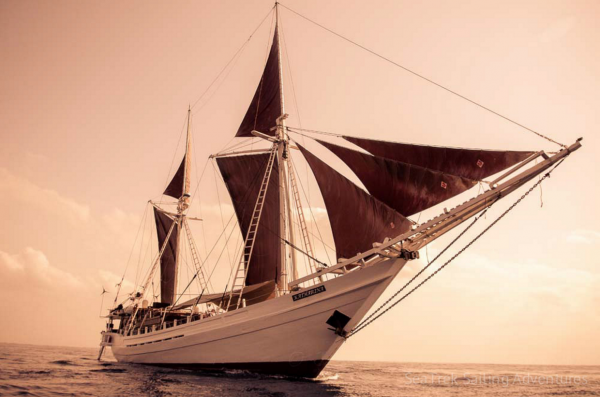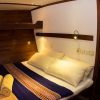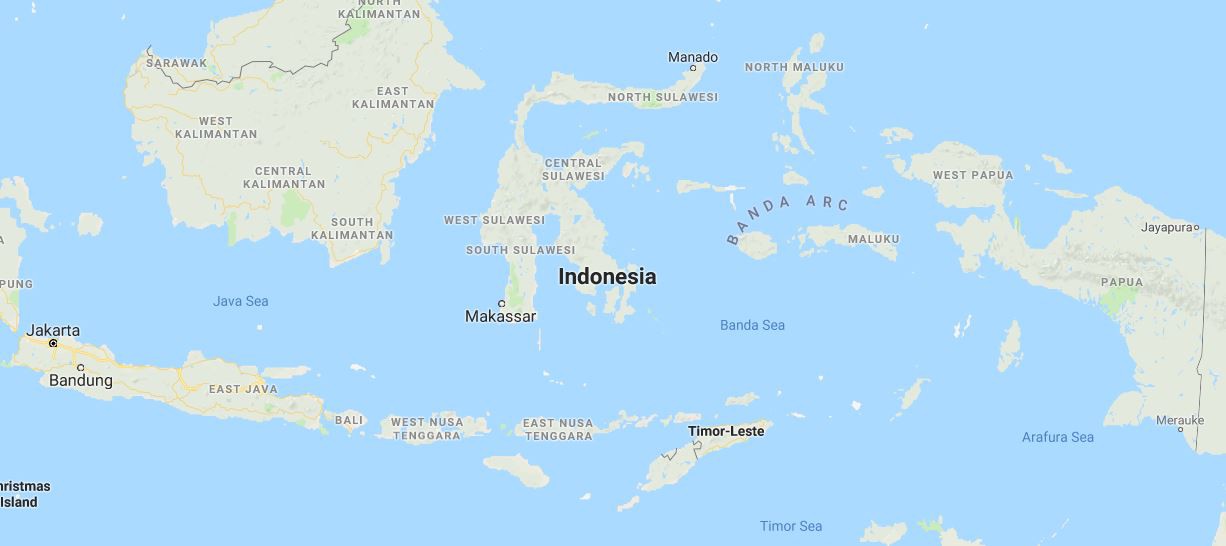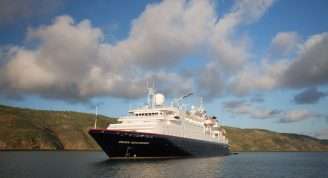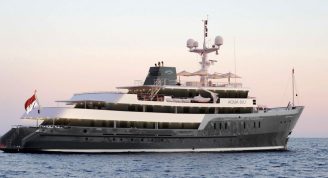Description
From the Komodo dragons of Rinca and the marine life of the Wakatobi National Park, to the seabird colonies of the Banda Sea and the nutmeg forests of the Banda Islands, this exceptional 12-day cruise with Gert de Jong will introduce you to abundant wildlife above and below the water, masses of seabirds, remote island cultures and the illustrious history of the spice trade as we voyage through the the islands and seas of the Coral Triangle, home to some of the most diverse marine life on the planet. The Banda Sea is also a major migration route for many whale species, which we hope to encounter en route. The diversity of the Indonesian islands is vast; on some islands, tropical forests climb from mangrove encrusted coastlines to mountain slopes. On others, parched savannah thrives, coral reefs line tranquil atolls filled with fish and marine life, volcanoes and seamounts rise dramatically out of the sea, remnants of colonial history crumble and fade, and countless small communities of many cultures spread far and wide across the various archipelagos. Indonesia’s remote and uninhabited islands support regionally and globally important breeding colonies of at least 15 seabird species. Colonies are usually situated on islands, cliffs or headlands, which mammals have difficulty accessing. Seabirds are a vital component of the marine ecosystems of the Banda and Flores Seas, and their presence serves as a good indicator of the health of the wider marine ecosystem. The seabirds also play a valuable traditional role as indicators of fish shoals, and as such are of great economic importance to the local fishermen of the region. Nowadays, however, many species are threatened by human activity, while predation by invasive rats ranks among the top dangers. In the company of Gert de Jong, an inveterate seabird expert who is looking at ways to protect the last remaining seabird breeding islands of Indonesia, you will have the opportunity to participate in a conservation project aimed at recording the numbers of frigate birds, boobies and terns on the islands of Kakabia, Moromaho, Manuk and Gunung Api.
Note: The price of this cruise does not include any domestic airfares to and from our start and end points. If you are booking flights by yourself, please do not book any flights before checking with us first. Our first and last day programmes rely on strict time scheduling, so please confirm with us to ensure that you arrive and depart at your destination with plenty of time to spare and to avoid disruption to other guests’ schedules.


